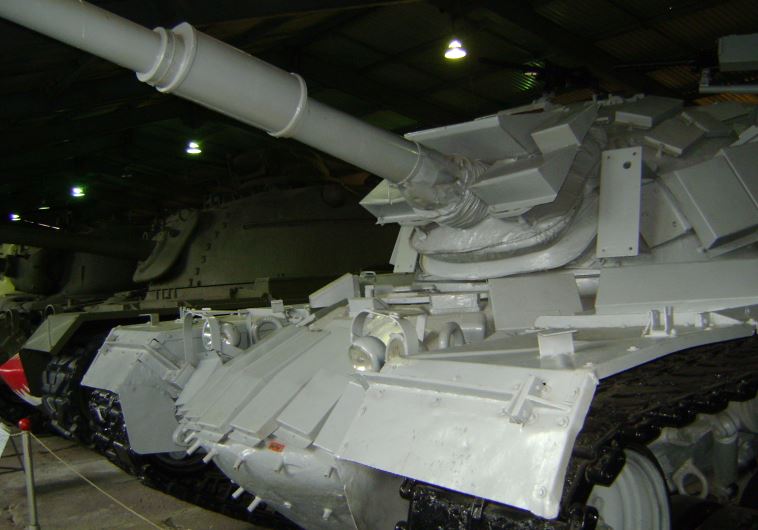IDF tank used in 1982 battle in Lebanon, famous for MIAs, to be returned by Russia
News of the tank’s return comes ahead of Netanyahu’s scheduled visit to Moscow in two weeks.
 Ex-Israeli ERA-armored M48 tank. Tank was captured during the Battle of Sultan Yacoub.(photo credit: Wikimedia Commons)Updated:
Ex-Israeli ERA-armored M48 tank. Tank was captured during the Battle of Sultan Yacoub.(photo credit: Wikimedia Commons)Updated: